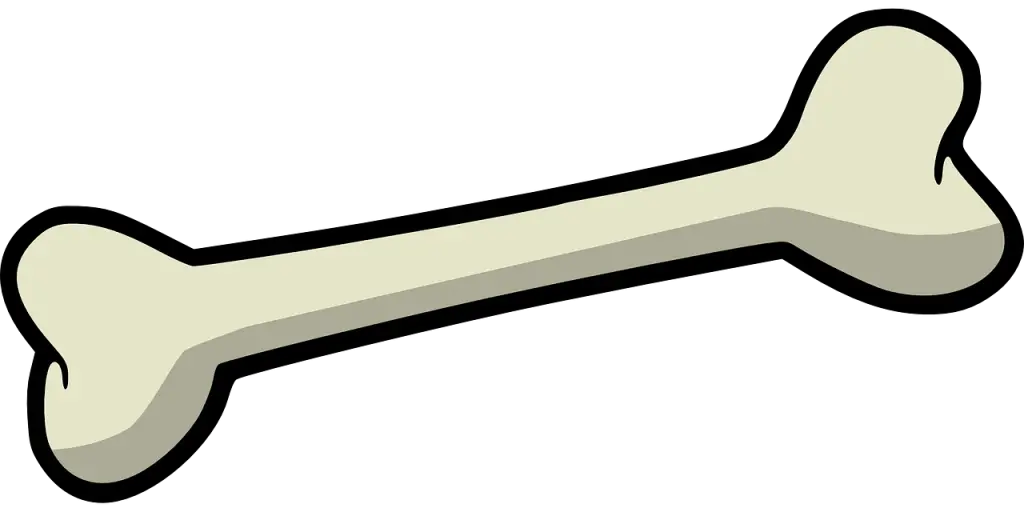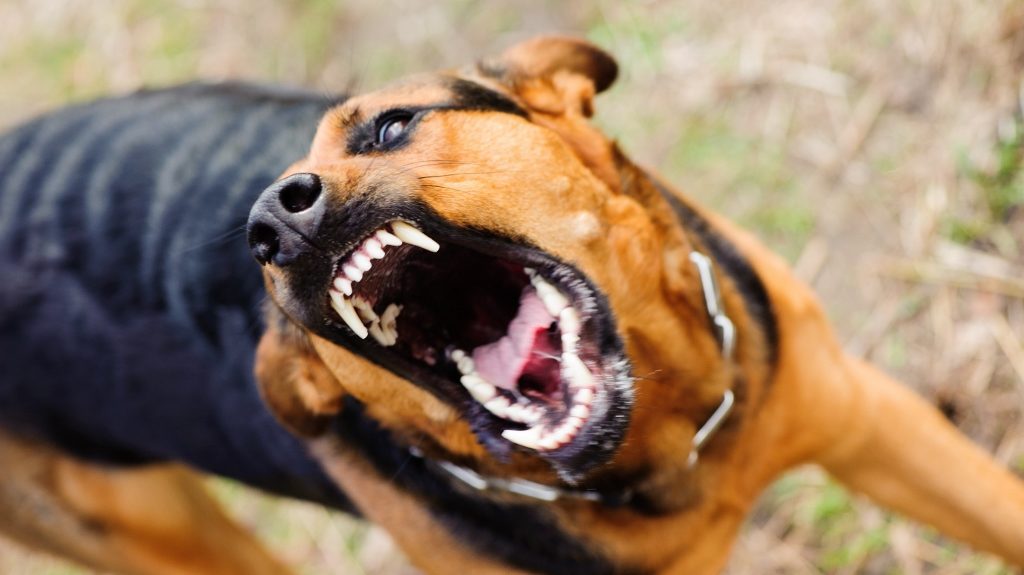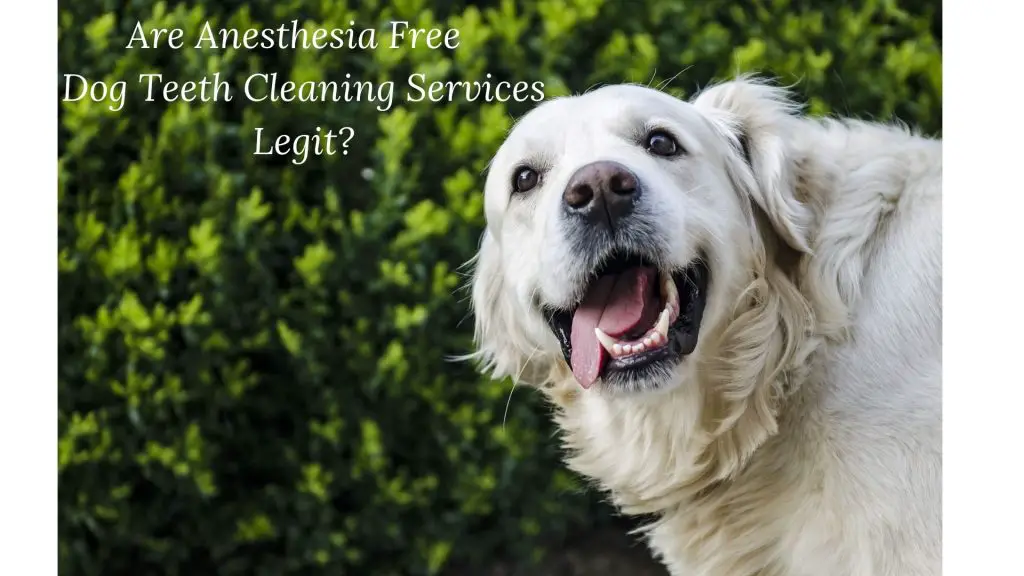Are you scared and concerned about your dog’s oral health? Have you seen them lose one of their teeth or are you wondering why their breath stinks? These are all signs that your dog might have gum disease, which is also called periodontal disease.
So, what is periodontal disease in dogs?
Periodontal disease is a gum disease that results from bad oral hygiene in dogs. It could lead to irreversible damages, such as tooth loss. It could also lead to bacterial infections that could affect your beloved dog’s immune system. Luckily, the periodontal disease is a preventable one.
Check, Dog Hair: 4 Simple Ways to Clean it Up
If you want to learn more about this disease, like its symptoms, signs, how it develops, and how to prevent it, then continue reading this post.

Table of Contents
What is Periodontal Disease in Dogs?
Periodontal disease is a gum disease that is progressive. This means that the periodontal disease develops through several stages.

Did you know that dental diseases like periodontal disease are actually one of the most severe health conditions that could ever afflict your four-legged best friend?
This gum disease is actually a severe dental disease that afflicts pets, including dogs. Unfortunately, as I have just mentioned, this dental disease is dangerous as it is capable of negatively impacting your dog’s quality of life.
What happens if periodontal disease is left untreated?
If your dog’s periodontal disease is left untreated, they’re going to progressively begin experiencing a lot of pain, getting several bacterial infections, and lose their teeth.
If you continue ignoring your dog’s periodontal disease, this dental disease could potentially damage a lot of your dog’s vital organs like their heart and their liver. Yes, it is a gum disease, but it causes a lot of serious issues that will leave your pooch in pain and, of course, negatively affect their health.

How does periodontal disease lead to teeth loss?
Let me clear the air. It is absolutely normal for your puppy to lose their baby teeth. That usually happens when puppies are around four months old. Of course, they will then grow their adult teeth. Now that this is out of the way, let us take about how periodontal disease leads to teeth loss.
The build-up of plaque and tartar characterizes this gum disease in dogs. This plaque and tartar build-up really irritates your four-legged best friend’s gum tissues. Periodontal disease causes oral bacteria to multiply and spread more rapidly.
As time passes by, as this is a progressive disease, these things are going damage your pooch’s gums. When gums get damaged, that leads to bone loss. When bone loss occurs, tooth loss comes next.

How to prevent periodontal disease in dogs?
But first, let us talk about what you can do right now to prevent your dog from getting periodontal disease.
- You must brush your dog’s teeth daily with a toothbrush and a dental toothpaste that is made specifically for canine teeth. In case you do not have these things that are essential for your dog’s oral hygiene, then make sure to check out our Oral Hygiene Section.
- You should take your beloved dog to the dentist at least one or two times per year to get their teeth professionally cleaned.
- You should feed your dog strawberries, which boosts their immunity and carrots, which aids in keeping their teeth clean.
If you liked that last tip and you want to read more about natural ways that you can use in addition to implementing the first two tips, then check out my Best Way to Clean Dogs Teeth Naturally blog post.

Periodontal disease: The three stages, their signs & symptoms, and how to prevent the progressiveness of this disease
Now that you have a basic understanding regarding how dangerous this gum disease is, let us talk about the stages of periodontal disease, list the symptoms and signs of every stage, and what you should do to prevent this progressive disease from progressing.
Stage number one: Gingivitis
What is gingivitis?
A dog’s saliva has proteins and immune cells. When those immune cells and specific proteins get mixed with the dog’s oral bacteria, the dog’s gums get inflamed. This inflammation of the gum is called gingivitis.
When that happens, your dog’s gums will become inflamed, which means they are going to become inflamed and, of course, turn red.
Symptoms & signs associated with gingivitis to look for include the following:
- The dog’s gum will become swollen.
- A couple of red lines on the dog’s gum will become visible.
- The plaque is going to build-up on your pooch’s teeth.
- Your dog will begin to experience just a little bit of pain.
What should you do when you notice these symptoms and signs of gingivitis in dogs?
- In case you were not doing that yet, you must start brushing your pooch’s teeth every day with a toothbrush and a dental toothpaste that is made specifically for canine teeth.
- You should take your beloved dog to the dentist at least one or two times per year to get their teeth professionally cleaned. The veterinarian is going to clean your dog’s teeth cleaned under anesthesia.
By the way, I am completely aware that people become a bit weary regarding putting their beloved dogs under anesthesia, and that is why I wrote my Are Anesthesia Free Dog Teeth Cleaning Services Legit blog post. If that is something that scares, then please read the article.
Stage number two: Tartar build-up
What is tartar?
We have mentioned how plaque begins building on your dog’s teeth in stage one. During the second stage of periodontal disease, the plaque hardens. This hardening of plaque creates tartar.
The newly developed tarter makes the grooves that exist in your dog’s gum to widen. These grooves exist to hold the dog’s teeth in place; they are also referred to as gingival sulcus.
So, when the tartar causes the gingival sulcus to widen, the tarter and plaque that is built on your dog’s teeth migrate into these wide grooves. The migration of plaque and tartar worsens gum inflammation and triggers the progression of periodontal disease.
As you can see, as this gum disease progresses, the dog’s oral hygiene worsens, and so does the levels of pain.
During this stage of periodontal disease, minimal bone loss begins to happen. The naked eye can not see this; however, bone loss at this stage is visible via oral radiographs.
The thing is, your dog must be under anesthesia in order for the veterinarian to be able to get a radiograph of your dog’s teeth. This is yet another reason why you should at least take your dog to the veterinarian once a year for their annual dental check-up.
This is going to help you discover issues like bone loss early enough to prevent it from progressing.
Symptoms & signs associated with tartar in dogs to look for include the following:
- The dog’s gum will become swollen and very inflamed.
- The dog will begin to have a bad mouth odor.
- The plaque build-up will become visible on their teeth
- The tartar build-up will become visible on their teeth.
- Your dog’s bone loss is now visible when they get an oral radiograph.
What should you do when you notice these symptoms and signs of tartar in dogs?
- In case you were not doing that yet, you must start brushing your pooch’s teeth every day with a toothbrush and a dental toothpaste that is made specifically for canine teeth.
- You should take your beloved dog to the dentist right away to get their teeth professionally cleaned and get an oral radiograph to check for bone loss. The veterinarian is going to clean your dog’s teeth cleaned under anesthesia.
Stage number three: Periodontal disease develops completely
Bone loss will continue to become worse, and once it reaches the stage where ninety percent or more of bone loss has occurred, the risk of your dog losing their teeth is very high.

This is, of course, accompanied by excruciating pain, so please be vigilant and persistent when it comes to your dog’s oral hygiene.
Another thing that could happen is that your dog’s oral bacteria could end up causing systemic infection when they enter the bloodstream. When that happens, the bacteria is going to spread, and thus affect your dog’s vital organs.
Symptoms & signs associated with periodontal disease in dogs to look for include the following:
- You will be able to see more than ninety percent of bone loss by getting an oral radiograph done on your dog’s teeth.
- Your dog will be in excruciating pain.
- Your dog’s breath will stink.
- You will be able to notice more tartar that is built-up on your dog’s teeth as well as on their gums.
- You will be able to notice more plaque that is built-up on your dog’s teeth as well as on their gums.
What should you do when you notice these symptoms and signs of periodontal disease in dogs?
- In case you were not doing that yet, you must start brushing your pooch’s teeth every day with a toothbrush and a dental toothpaste that is made specifically for canine teeth.
- You should take your beloved dog to the dentist right away to get their teeth professionally cleaned and get an oral radiograph to check for bone loss. The veterinarian is going to clean your dog’s teeth cleaned under anesthesia.

Other questions related to what is Periodontal Disease in Dogs?
Can You Brush Dog Teeth with Coconut Oil?
No. Coconut oil is not effective enough to be used instead of canine toothpaste.
If you want to learn about this in more detail, then read my Can You Brush Dog Teeth with Coconut Oil blog post.

That’s it for today’s post. You should now know that periodontal disease is a gum disease that results from bad oral hygiene in dogs. It could lead to irreversible damages, such as tooth loss, as well as bacterial infections that could affect your beloved dog’s immune system.
You should also be aware that you can prevent the progression of this gum disease by taking care of your dog’s oral hygiene.

My Sources
- Gum Disease in Dogs
- Periodontal Disease In Dogs: Symptoms, Causes, & Treatments
- The Perils of Gum Disease in Dogs
- Dental Disease in Dogs
- WHAT ARE THE SIGNS OF PERIODONTAL DISEASE IN DOGS?



